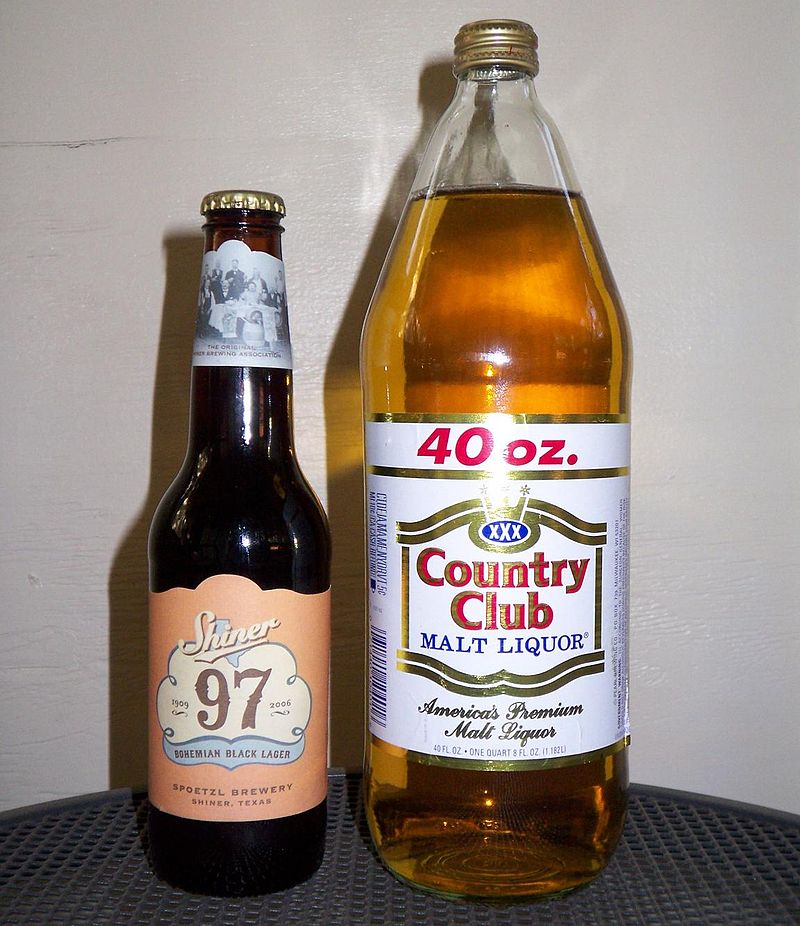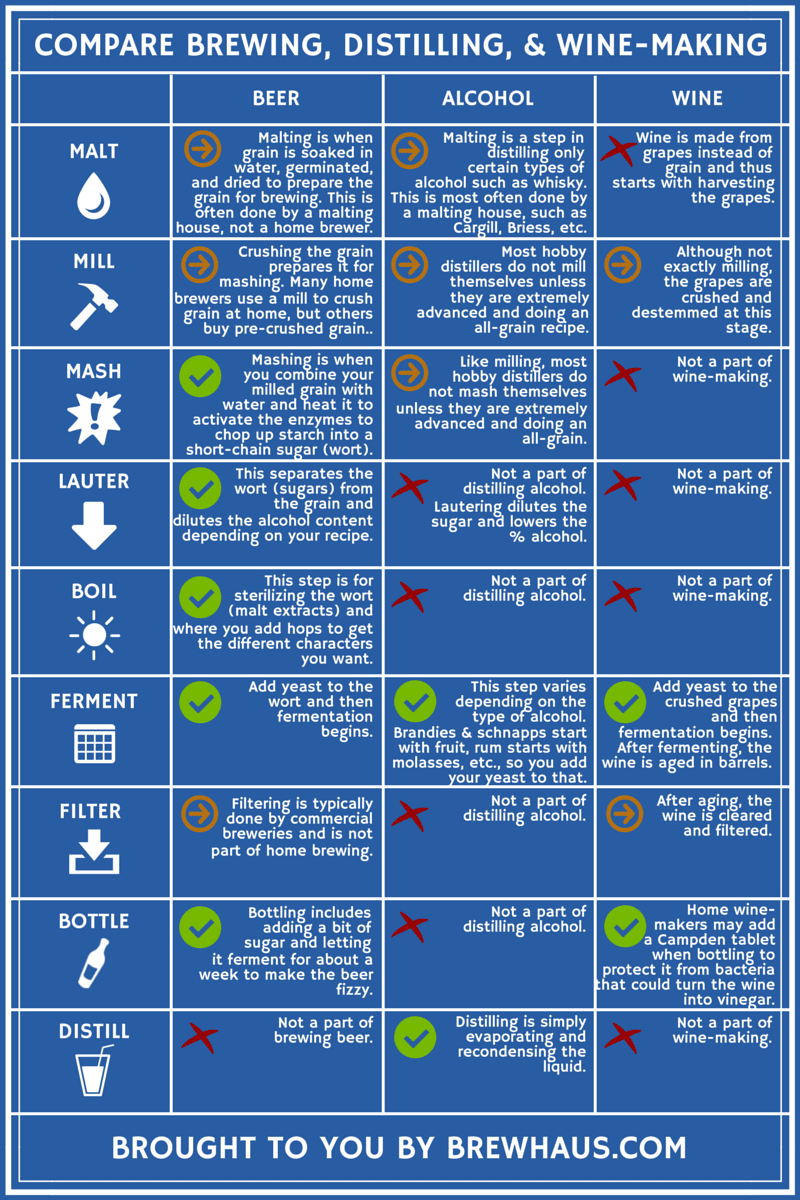Breweries in Galveston Texas: Explore Regional Craft Breweries Today
Breweries in Galveston Texas: Explore Regional Craft Breweries Today
Blog Article
The Ultimate Distillery Experience: From Grain to Glass, Everything You Required to Know
Getting started on a journey with the details of the distillery procedure unveils a world where scientific research fulfills artistry in the development of spirits. From the cautious option of grains to the meticulous crafting of each bottle, every step in the production line plays a critical duty in shaping the final product that enhances our glasses.
The Art of Grain Choice
Picking the ideal grains is a crucial step in the purification process, figuring out the taste account and top quality of the last item. The kind of grain chosen considerably influences the personality of the spirit being produced - Breweries in Galveston Texas. Common grains used in distillation include barley, corn, rye, and wheat, each conveying distinct flavors and attributes to the last product

Beyond taste factors to consider, the top quality and purity of the grains are vital. Distillers thoroughly resource grains to guarantee they are devoid of impurities and have the required starch web content for fermentation. By mastering the art of grain choice, distillers lay the foundation for producing phenomenal spirits that astound the taste buds.
Purification Refine Demystified
Having actually established the foundation with thorough grain choice, the purification process emerges as the transformative phase where the essence of the selected grains is unlocked and refined into a perky form. The process does not finish there; multiple distillation runs or added steps such as aging in barrels may even more improve the spirit, enhancing its complexity, taste, and personality. Recognizing the complexities of the distillation procedure is important for generating high-quality spirits that captivate aficionados and fanatics alike.
Barrel Aging and Taste Growth
During the barrel aging process, spirits undertake a transformative trip as they connect with the timber, soaking up nuanced tastes and developing a rich complexity. The type of timber used, normally oak, significantly affects the last preference of the spirit. Oak barrels are preferred for their one-of-a-kind homes that improve the flavor profile. As spirits age in the barrels, they extract compounds such as vanillin, lignin, and tannins from the timber, adding to the growth of fragrances like vanilla, sugar, flavor, and even hints this content of toasted oak.
The permeable nature of wood additionally enables the spirit to take a breath, promoting the combination of tastes over time. Depending on the duration of aging and ecological conditions like temperature level and humidity, spirits can obtain various qualities, from refined timber notes to deep, complicated tastes that make each batch special.
Craftsmanship in Bottling and Classifying
As spirits reach their optimal flavor accounts with barrel aging, the meticulous craftsmanship in bottling and classifying ends up being the following essential action in presenting a costs item to customers. The procedure of classifying and bottling is a vital aspect of the total distillery experience, as it is the last touchpoint before the product reaches the hands of customers (Distillery in Galveston). Craftsmanship in bottling involves making sure that each container is filled exactly with the spirit, considering variables such as uniformity in fill degrees and the prevention of any pollutants going into the container

Sampling and Valuing Great Spirits
To completely value fine spirits, one have to involve all the detects in a conscious and calculated sampling experience. When sampling penalty spirits, it is necessary to begin by observing the spirit's look. Keep in mind the color, quality, and viscosity of the liquid in the glass. Swirl the spirit gently to launch its fragrance. The nose is a crucial feeling in sampling spirits; take a minute to inhale the complex aromas deeply. Next off, take a tiny sip and allow it remain on your taste buds. Focus on the different tastes that unravel - from fruity and wonderful notes to spicy or smoky touches. Consider the mouthfeel, noting if the spirit is smooth, creamy, or fiery. Swish the spirit in your mouth to totally experience its structure and taste. Finally, ingest gradually and appreciate the lingering coating. Great spirits typically leave a pleasurable aftertaste that can reveal also a lot more regarding the craftsmanship and top quality of the drink. By engaging all your detects in this way, you can really savor and value the complexities of great spirits.
Verdict
To conclude, the distillery experience incorporates the elaborate art of grain selection, the accurate purification process, the transformative barrel aging, the careful workmanship in bottling and classifying, and the sophisticated technique of tasting and appreciating fine spirits. Each action in the production process plays a crucial duty in creating top quality spirits that astound the detects and joy lovers worldwide.
The kind of grain chosen substantially affects the character of the spirit being created. By understanding the art of grain selection, distillers lay the foundation for producing remarkable spirits that mesmerize the taste.

Report this page